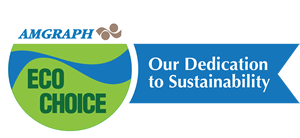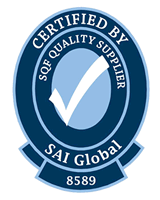There has been a proliferation in the use of plastic packaging in recent years, and both experts and consumers are starting to sound the alarm.
In a recent article on ChemicalWatch.com, Dr. Anna Watson, head of advocacy at CHEM Trust in the U.K., described a project she is working on. She is helping to compile a comprehensive database of chemicals used in the production of plastic—and her observations in the article were alarming.
She noted that more than 40 percent of the 380 million tons of plastic produced worldwide each year is used in packaging. That’s more than 150 tons of plastic, and much of it is used in food packaging.
Dr. Watson pointed out that the chemicals used in packaging can migrate into foods and the environment during manufacturing, use, disposal and recycling. That’s why she is taking part in the collaborative of scientists and other industry professionals to put together a complete database of these chemicals. Their goals are to:
- identify which hazardous chemicals are used in the manufacturing of plastic packaging and in the end product;
- compile information on their applications and toxicity; and
- identify which substances should be prioritized to be substituted for safer alternatives.
So what does this mean for food manufacturers and others who source packaging materials? It is no surprise that the people involved in compiling this list encourage the industry to move away from plastics that are known to contain hazardous substances such as phthalates and bisphenols. While the group supports tighter regulation, it is hoped that end-users will move to greener materials voluntarily when they have all the facts about these chemicals.
Amgraph’s flexible packaging is an excellent alternative to plastic packaging. It has always been our mission to create better packaging for a better environment, and reducing the use of chemical-laden plastic (and its disposal into the environment) is our goal. With new substrates and evolving technology, our flexible packaging can often replace plastic entirely, creating a greener and safer solution for both manufacturers and consumers. We also work with recyclable and compostable materials, and we offer water-based inks. All while creating aesthetically pleasing packages.
Safer, more beautiful packaging that supports a cleaner environment—it’s a solution that works for everyone in the supply chain!









